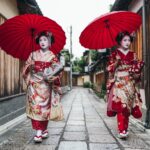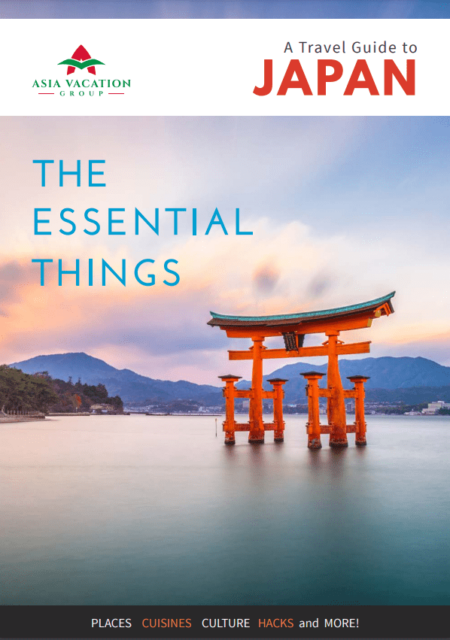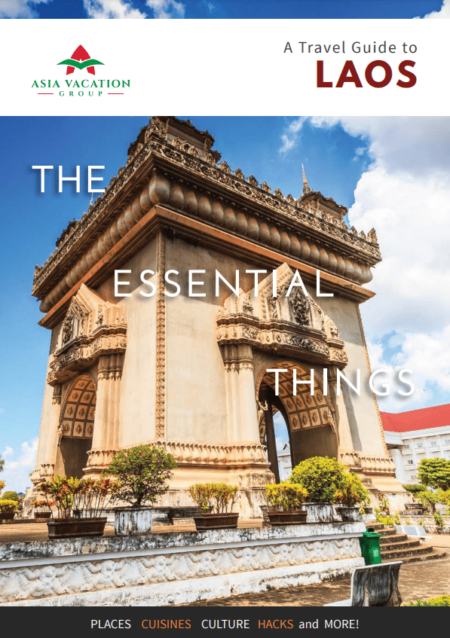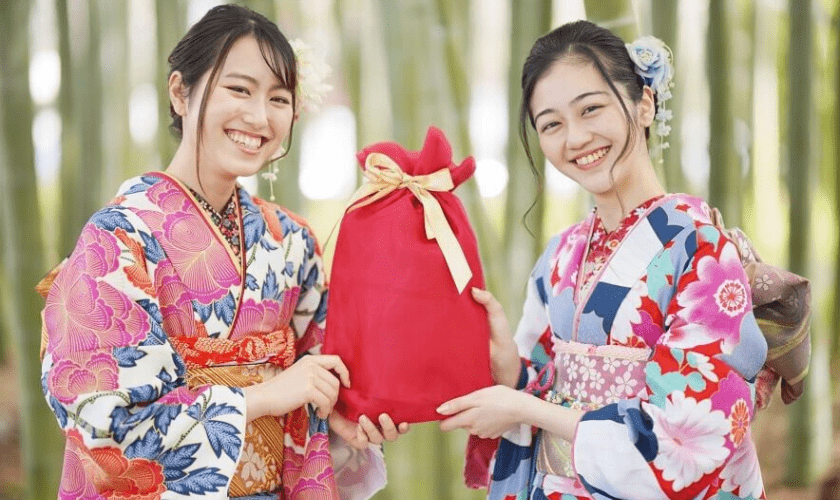Japanese language: 20 most important expressions when traveling
Despite being known as one of the most advanced countries globally, Japan is predominantly monolingual. It is not uncommon to see Japanese people struggling to speak English as they primarily use their language.
Japan is predominantly monolingual.
If you’re in Japan where there are no English signs, you can get lost quickly. People sometimes say Japanese is the most difficult language in the world to learn. With that in mind, we’ve collected a few key phrases that can help you on your trip. Perhaps, you can always learn some more tips about the Japanese language.
Japanese Greetings
Let’s start with a few of the most basic-yet-essential Japanese words and phrases. Even if you only remember how to say hello or thank you, you’ll find that Japanese people will be appreciative of your efforts!
Good Morning
Ohayo gozaimasu おはようございます
The first word, Ohayo, is the one that references morning. Gozaimasu is an expression of politeness that is added onto certain phrases. You will generally never hear Ohayo without gozaimasu at the end of it, unless among close friends and family. Japanese workers say ohayo gozaimasu to many people every day, so they often say it quite fast!
Japanese workers say ohayo gozaimasu to many people every day.
Good afternoon
Konnichiwa こんにちは
You’ve probably heard this one before, as konnichiwa is used as a general “hello” in addition to being “good afternoon.”
Good evening
Konbanwa こんばんは
This is for when you meet someone in the evening. To say it properly, think of it as a three-part rhythm: kon-ban-wa!
Good-bye
Sayonara さようなら
This is another one you’ve likely heard before, it is often said in movies and series. However, Japanese people rarely use it because it is like saying farewell or goodbye forever. Instead, you will hear Japanese say mata, ya ne, or just bye-bye.
Good night
Oyasuminasai おやすみなさい
This is what you should say when parting at the end of the evening. It’s sort of like “sleep well,” and can be used when saying good night on the street or to a housemate right before bed.
Introducing yourself in Japanese
When meeting someone for the first time, there are a few polite expressions you can employ. Even if you’re not fluent in Japanese, you won’t be expected to lead the conversation. However, if you hear these things said, you’ll know how to respond in kind, and you can show off that you know them!
Nice to meet you
Hajimemashite はじめまして
This first phrase is generally only used the first time you meet someone.
Yoroshiku onegaishimasu よろしく おねがいします
This is another way to say “Nice to meet you.” You can also say douzo yoroshiku, which employs douzo, another polite expression (there are many polite phrases in Japanese!)
The big difference in how these two expressions are used is based on the situation: in casual conversations, like when introduced to a friend of a friend, ‘Hajimemashite’ is appropriate. However, in a formal setting such as addressing a room full of business associates, ‘Yoroshiku’ with its more formal is preferred. But if you’re just a tourist excited about meeting new people, you can use both, and your new acquaintances will be impressed!
Smiling guard Okinawa
My name is ______
Watashi wa ______ desu わたしは______です
Watashi is “I,” and desu means “am.” In Japanese grammar, this is how sentences are structured. “Wa” serves a rather complex purpose, but basically, it makes you the subject of the sentence while putting the focus on your name. There are other ways to introduce yourself, but “My name is ______” is the simplest.
I am Australian
Australiajin desu 私はオーストラリア人です
This will differ based on where you’re from, but jin signifies you are from that country. Technically, the phrase would be Watashi wa America-jin desu, but you can omit the first part.
How are you? in Japanese
How are you?
O-genki desu ka? おげんきですか
Technically, this is “Are you well?” but this casual form of asking how someone is doing is the one you’re most likely to hear. In casual situations, you will also hear only the word ‘genki’ with a rising intonation to indicate it’s a question.
I am good
Genki desu げんきです
This is the simplest, most polite response to give in return. It’s akin to “I’m fine,” and shows appreciation for the question without getting too into things. Friends will just omit the desu part and say genki.
Apologizing in Japanese
Japanese has two expressions for “sorry,” and they differ in how they are used. While they both technically mean “sorry,” it’s important to understand the difference:
Excuse me
Sumimasen すみません
You will hear this phrase all the time in Japan. Sumimasen is a “sorry” that is more like “excuse me,” and is what you will use if you wish to get an employee’s attention or if you accidentally bump into someone in the aisle of an airplane.
Sumimasen is a “sorry” that is more like “excuse me”.
Sorry
Gomennasai ごめんなさい
This is a more serious apology and is used when you are genuinely sorry for something. It is more likely you will use this with someone you know. However, older Japanese people may use it instead of sumimasen if they bump into you, but they are just being polite.
Please & Thank You in Japanese
Politeness is given the utmost respect in Japan, so if you memorize these key phrases, it will be greatly appreciated.
After you
Douzo どうぞ
This word is like “please,” but is used in situations where you are offering something to someone. If you hold a door for someone, give them a tissue, or serve them a drink, you’ll say douzo, and you’ll hear it from wait staff an awful lot.
Please
Kudasai ください
Onegaishimasu おねがいします
These words are added onto the end of a request to show politeness. Kudasai is less polite than onegaishimasu, and as a result, you will often hear employees say the latter.
Thank you
Arigato gozaimasu ありがとうございます
Here’s that pesky gozaimasu again. As before, it adds politeness, and in general, should always be used. You may have heard Domo arigato before, which is essential “thanks a lot,” and the phrase domo arigato gozaimasu adds an extra layer of appreciation. With friends, you can simply say domo in casual situations like a group dinner if saying arigato gozaimasu over and over becomes repetitive.
Useful Japanese phrases at a shop or restaurant
Welcome
Irasshaimase いらっしゃいませ
This greeting will be shouted at you often when you enter a restaurant or store. You don’t need to return it, as it’s generally said by staff to customers.
How much is it?
Ikura desuka? or ikura deshouka? いくらですか or いくらでしょうか
This is how you ask for the price of something. If you struggle remembering, a simple ikura will let them know what you’re trying to find out.
Cheers!
Kanpai! かんぱい
As with many cultures, the Japanese have an expression for raising a toast.
Hold your glass up and say kanpai, or “finish your drink,” when someone initiates.
Let’s eat!
Itadakimasu いただきます
This is a Japanese way of saying Grace before a meal. It’s polite to repeat this before digging in.
Delicious!
Oishii! おいしい
If you go out to eat at a nice restaurant or sample some of Japan’s delicious street food, you’re bound to hear this expression quite a bit. One little extra: if you add sou, you’re saying what the food looks like. So, oishisou! means “looks delicious!”
Asking for directions in Japanese
Where is _______?
_______ wa doko desu ka? はどこですか
As before, wa signifies the subject. Doko is where, and ka signifies a question. So if you want to know where Shibuya is, say Shibuya wa doko desu ka?
Phrases when you don’t understand
Inevitably, there will be moments when your Japanese falls short, and carrying on a conversation becomes challenging. Japanese people might be hesitant to showcase their English skills unless they are certain you don’t understand Japanese. In such instances, make it clear to them:
I don’t understand
Wakarimasen わかりません
I don’t understand Japanese Nihongo ga wakarimasen にほんごがわかりません
Here, you see ga instead of wa. The differences between these two are subtle, so if you mix them up, don’t worry too much about it.
Do you understand English?
Eigo ga wakarimasu ka えいごがわかりますか
Do you speak English
Eigo o hanashimasu ka えいごをはなしますか
Notice the difference between these two phrases. One is asking if the person understands, while the other asks if they speak the language. Don’t worry too much about choosing between them, especially when struggling to find someone who can help you. In the service industry, a wide-eyed foreigner saying ‘eigo’ will be understood regardless of the specific question
Is there an English menu?
Eigo no menu (ga arimasu ka)? えいごのメニュー(がありますか)
Technically, what you’re saying here is just “English menu.” But when you’re hungry, it’s good to get to the point. If you want to be polite add the ‘ga arimasu ka’ part.
The most important one
Finally, here’s an expression you’ll definitely need while exploring the sites of Kyoto. Don’t forget to capture the timeless beauty of Kyoto through photos. Let’s share its rich cultural heritage, historic landmarks, and serene landscapes of this iconic Japanese city.
Explore the unique charm of Kyoto with our 10 DAY BEST OF JAPAN
Can you please take a picture of us?
Shya-shin o totte kudasai しゃしんをとってください
Just say this while handing your camera to someone, and they’ll understand what you’d like them to do!
Conclusion
While this certainly isn’t enough to make you fluent, these phrases should help you in common situations you’re likely to find in Japan. Asia Vacation Group will always support you with a local guide. Whether you want to delve into the culture in Kyoto, savor the food in Osaka, or explore the most popular places in Tokyo, we’ve got you covered.
Recommended article: Culinary Odyssey in Japan: Top popular dishes to savor











































 planning
planning